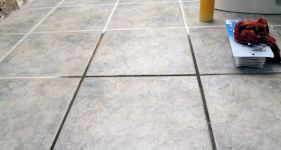How to Fit a Bath
If you purchased a new bath and wish to fit it yourself, take a look at this guide which will provide you with all the information you need to install your bath on a DIY basis. This includes the tools and materials you need as well as a step by step guide, which will allow you to install your bath quickly with safety precautions in mind.
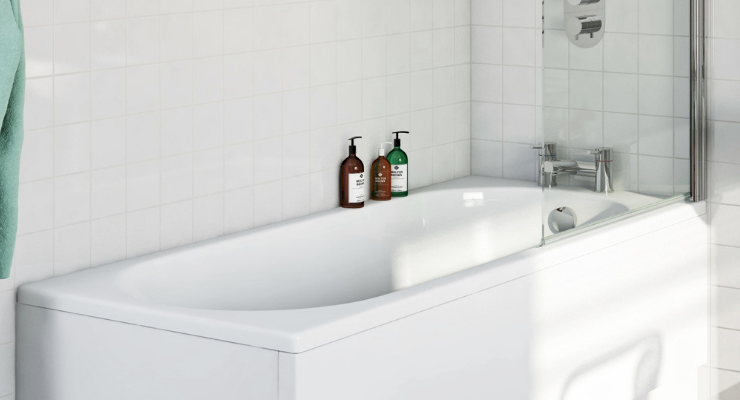
Table of Contents
What Tools Do I Need to Fit a Bath?
When installing a bath, you will need several tools to ensure correct installation. Below is a list of the tools you will need to install a bath:
- Adjustable wrench
- Handsaw
- Water pump pliers
- Flat and cross screwdriver
- Combi drill and suitable drill bits
- Heavy-duty tape measure
- Pencil
- Long spirit level
- Pipe, cable, and stud detector
- Cartridge gun
- Sealant shaping tool
- Masking tape
What Safety Equipment Do I Need to Fit a Bath?
The list below shows the recommended safety equipment needed for this type of DIY job:
- Safety goggles
- Protective gloves
What Materials Do I Need to Fit a Bath?
To install a bath, you will need several materials to ensure the fitting is correct. Here you will find all of the materials that you will need to fit a bath:
- Bath
- Supplied fixings
- Taps
- Bath waste and overflow
- Low-level bath trap
- Flexible tap connectors
- Bath panel
- Wall plugs
- Silicone sealant
- Timber batten
When choosing a bath, it is essential that you select the right size and shape to ensure it fits in the space. There are various types of baths, including:
- Freestanding bathtub
- Drop-in bath
- Alcove tubs
- Corner bath
- Claw-foot bathtub
- Undermount tub
- Hot tub
How to Prepare for Fitting a Bath
To prepare for fitting a bath, you must begin by removing the old bath. The guide below provides a simple guide on how to remove a bath effectively. Some bath types may vary; however, this guide offers rough guidance on bath removals:
- Before removing the bath, it is vital that you turn off the water supply to prevent any leaking or damage.
- Once the water supply is switched off, you can then begin to remove the side panels of the bath.
- After the removal of the side panels, you need to turn both taps on and drain all of the water from the pipes.
- When the water has been drained, you can start dismantling the pipes from under the bath.
- The next step involves opening up the gap between the bath and the wall. You will need a craft knife to do this to cut through the sealant. You should also undo any fixings that connect the bath to the wall.
- Once all of the connections are removed from the bath, you should now be able to lift the bath out. It would help if you get a family member or a friend to assist you with the removal of the bath, as they can be quite heavy.
- You should then clean the area and make sure it is dry to prevent mould from growing.
Before installing your new bath, you should carefully remove any covering or packaging, and then check the bath for any visible signs of damage before attempting to install it. You should also check to make sure you have all of the necessary parts, tools, and fittings that you need to complete the job.
How to Fit a Bath Yourself - Step by Step Guide
This step-by-step guide explains how to fit a straight, drop-in acrylic bath with pre-installed tap holes. Installation of other bath types may vary. However, we have chosen this popular type of bath as an example.
Step 1
You should begin by releasing the cradles by removing the transit cradle fixing screws. Put these to one side as you will need them to attach the cradle to the underside of the new bath.
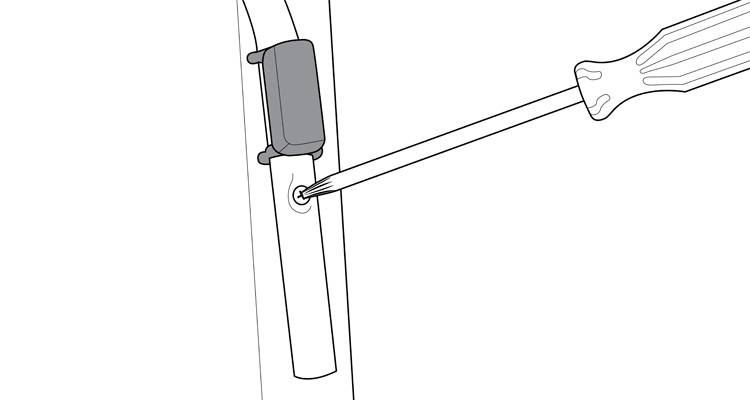
Step 2
Assemble the cradles and feet of the new bath. Be sure to always check the manufacturer’s instructions so that you can ensure you’re using the correct length of screws.
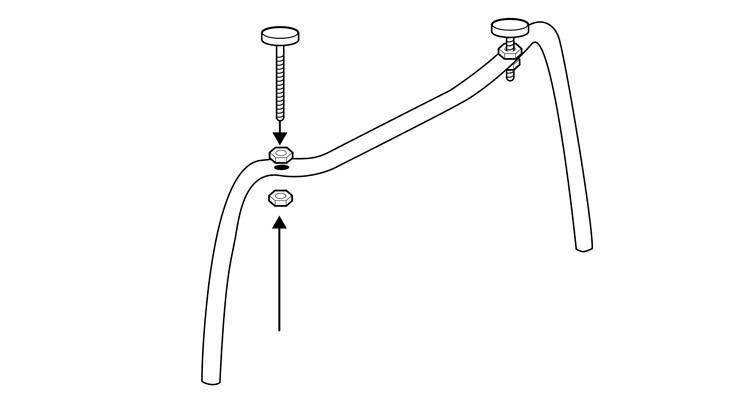
Step 3
Using the screws, you put to one side, attach the cradles to the underside of the bath by hand tightening the supplied fixings.
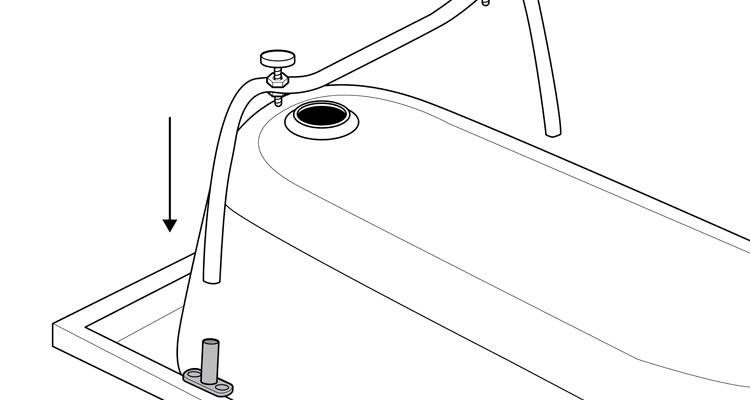
Step 4
Then, attach the centre foot and bracket with the supplied fixings.
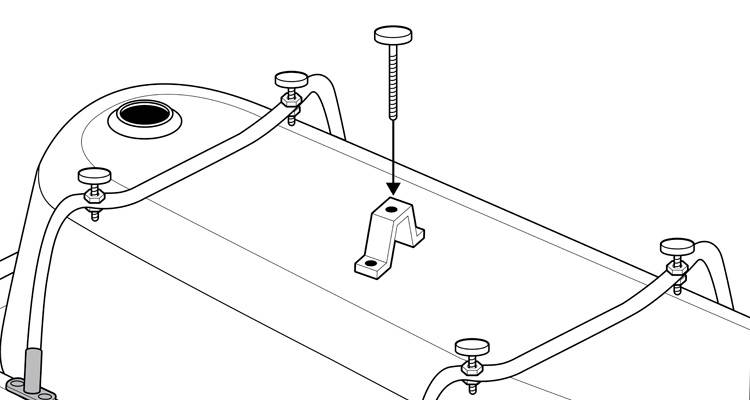
Step 5
It’s now time to fit the taps. The fitting instructions and fittings will vary from tap to tap, so be sure to follow your manufacturer’s instructions.
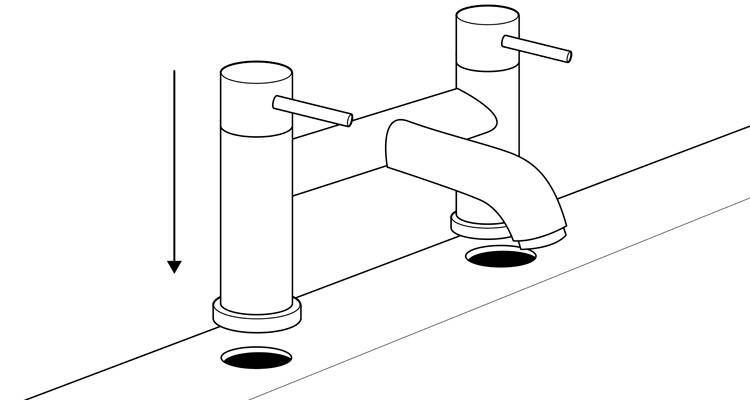
Step 6
Attach the waste by applying some silicone around the supplied washer and secure it in position with the supplied screw. Then, fit the overflow according to the manufacturer’s instructions.
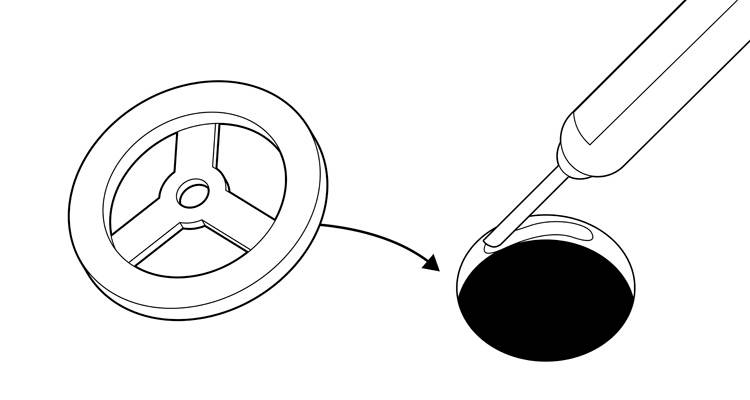
Step 7
Calculate the required height of the bath by measuring the height of the panel and adding the height of the bath rim that the panel will attach to. Use a pencil to out a marking on the wall to show where the top edge of the bath will run.
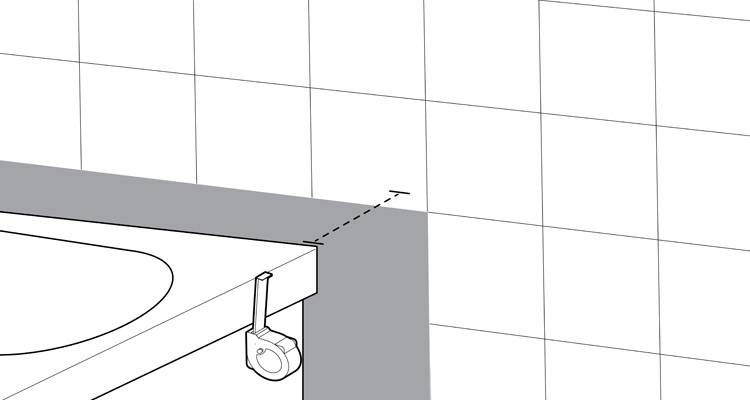
Step 8
Then, attach the two wall brackets to the side of the bath that will be up against the wall using the supplied screws.
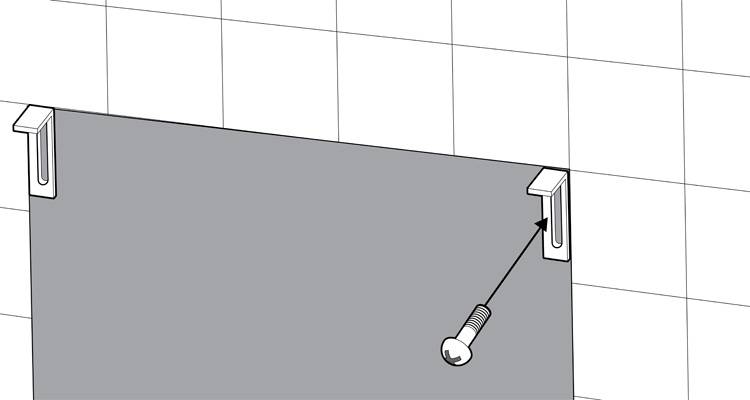
Step 9
Adjust the feet to get the bath to the required height and then use a spirit level to double-check the levelling of the bath and adjust it if necessary.

Step 10
Mark the outline of each of the bath feet onto the floor. Then, mark the position of the guide holes. Repeat this process for the position of the wall brackets and the guide holes.
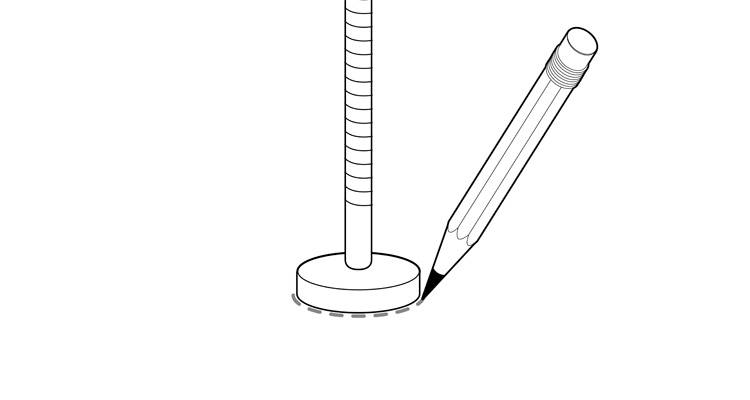
Step 11
Move the bath out of the way and use a pipe and cable detector to make sure all of the fixing points are clear of any obstructions.
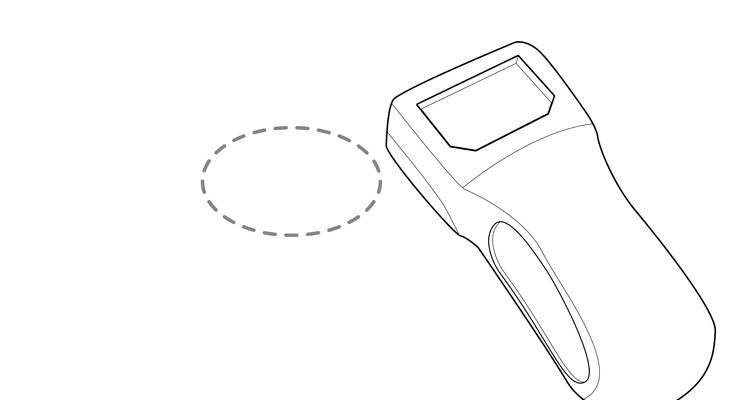
Step 12
Drill the holes for the feet and wall brackets using a drill bit that is suitable for the surface and insert wall plugs if necessary.
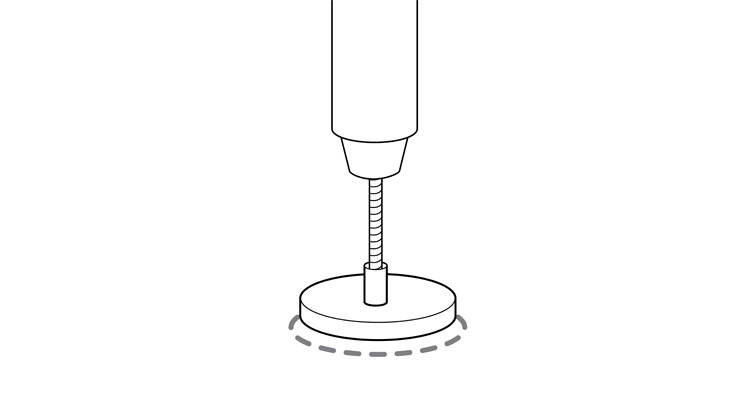
Step 13
Apply a bead of silicone about 1cm below the marking line for the top of the bath and then lift the bath into its final position and double-check the level once more.
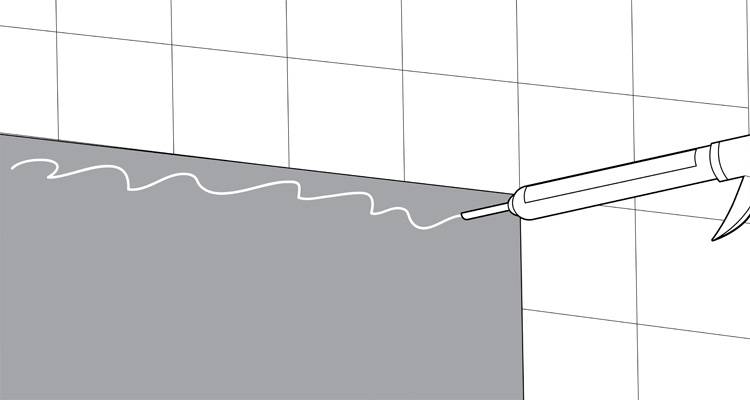
Step 14
Secure your bath into place by screwing in the feet and wall brackets.
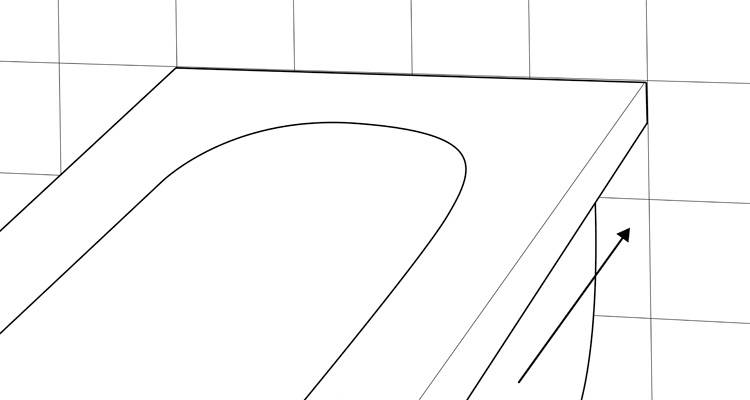
Step 15
Connect the bath trap and waste pipe and then tighten the compression fittings.
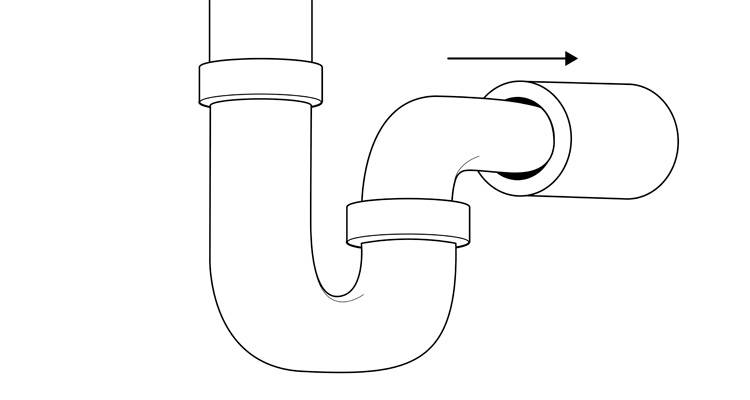
Step 16
Then, connect your taps to the water supply using suitable pipes. Ensure that the connection is firm but not over-tightened.
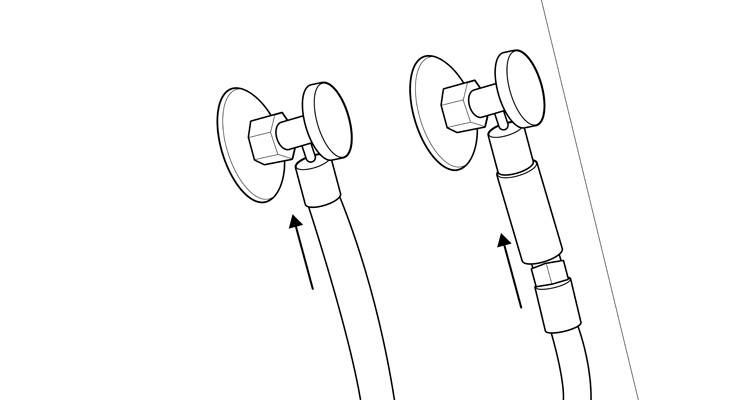
Step 17
Turn your water supply on and check for any leaks in the taps, pipe joints, overflow, or plug hole.
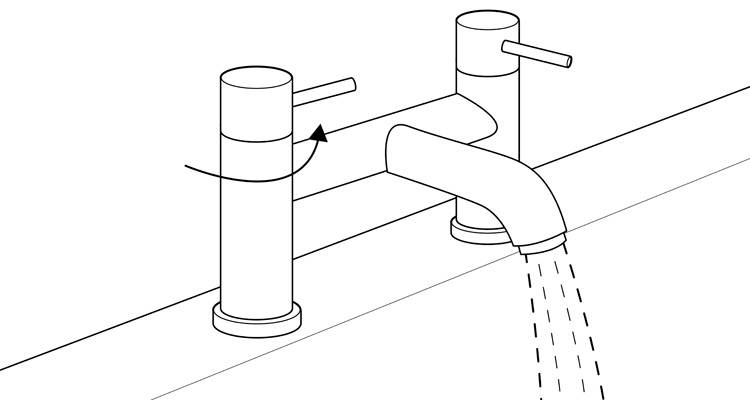
Step 18
To check the level for the bath panel, hold a vertical spirit level at each of the bath’s corners, and make a pencil mark on the floor. Be sure to allow for the width of the panel at its base, which is usually around 12mm. Connect your pencil marks to create a guideline around your bath.
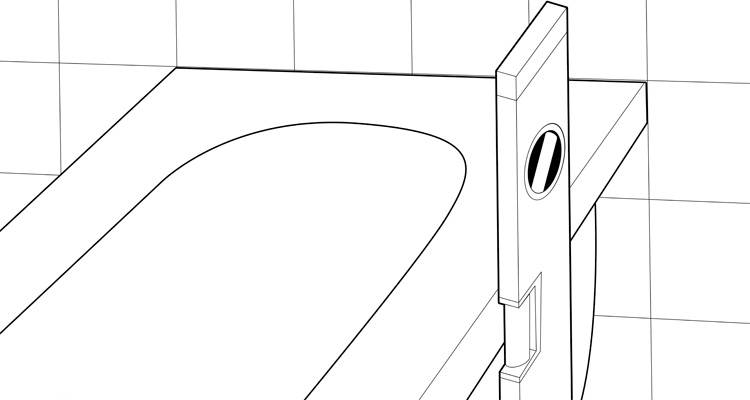
Step 19
Check the area with a pipe and cable detector before fixing battens to the guideline with short screws.
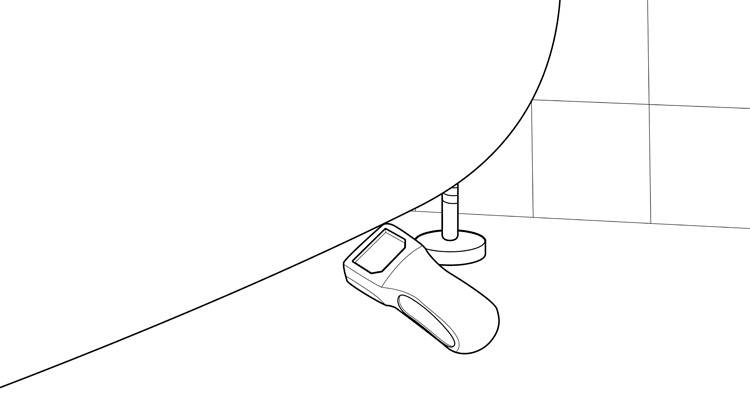
Step 20
As fitting instructions vary, it’s best to follow the manufacturer’s instructions when it comes to fitting the panel.
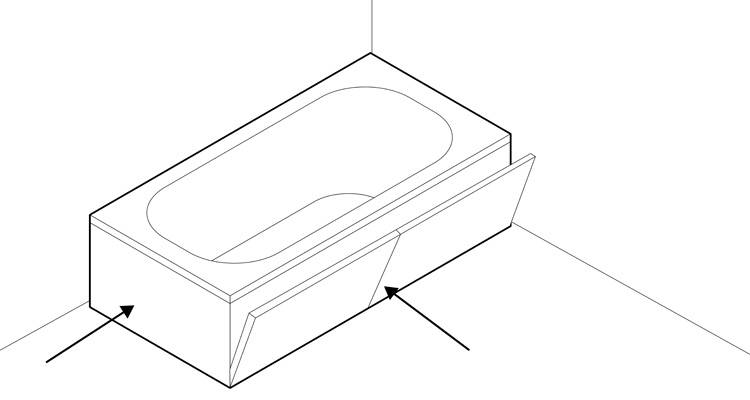
Step 21
To create a watertight seal, you will then need to apply silicone sealant to the joint between the bath and the wall. It’s best to fill your bath with water first to ensure it doesn’t pull away from the wall when filled. Then protect your tiles with masking tape before applying the sealant.
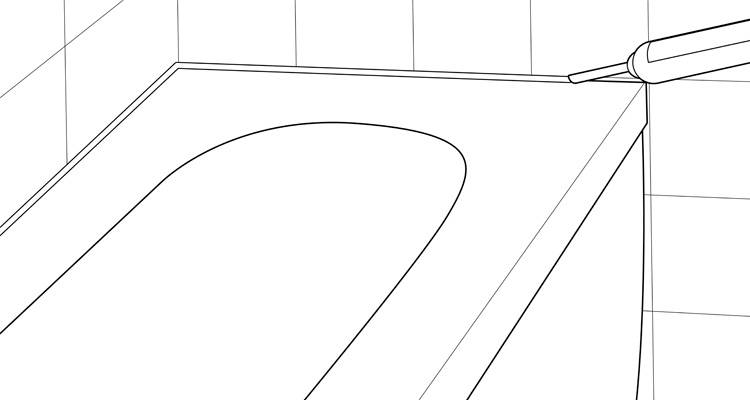
Use a sealant smoothing tool to smooth out the finish. Don’t empty the water from your bath until the sealant has dried. Once the sealant is thoroughly dried, your bath is now ready for use!
FAQs
How do you remove an old bath?
Take the below steps to remove a bath:
- Turn off the water supply and begin by removing the side panels of the bath.
- Turn both taps on and drain all of the water from the pipes.
- Dismantle the pipes from under the bath.
- Open up the gap between the bath and the wall. Use a craft knife to cut through the sealant. Undo any fixings that connect the bath to the wall.
- Once all of the connections are removed from the bath, you should now be able to lift the bath out.



